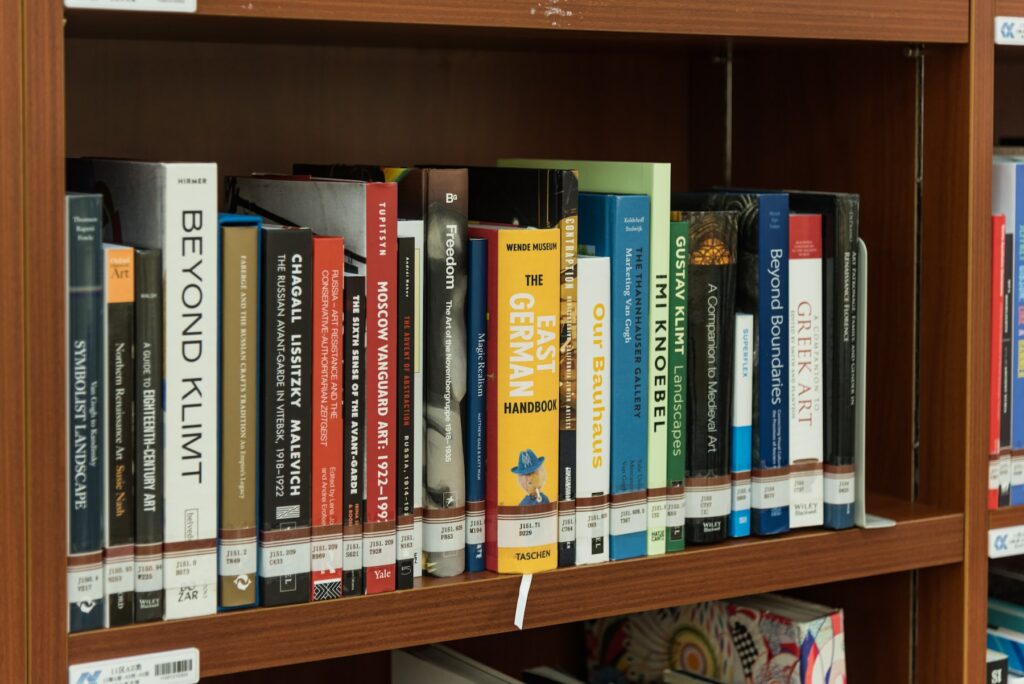Recent strides in the field of artificial intelligence have seen large language models (LLMs) breaking new ground in areas such as text creation, few-shot learning, reasoning, and even protein sequence modeling. These language models, while enormously beneficial in their capacity, also present layers of complexity due to their vast scale. Researchers at Cornell University have led the charge on scaling these formidable giants, unlocking a new technique that is set to revolutionize the way we approach LLMs. Their method involves Quantization with Incoherence Processing (QuIP) – a somewhat audacious peripheral pathway to enhancing LLM efficiency.
The crux of this research is its focus on quantizing the countless parameters that make up an LLM. The researchers’ key insight lies in their realization surrounding weight and proxy Hessian matrices. In layman’s terms, the unpredictability or ‘incoherence’ of these matrices allows for easier adaptation of weight, akin to a nimble ballerina nimbly adjusting mid-spin in response to an inconsistent wind.
QuIP is essentially a double-edged sword: On one side, it employs efficient pre- and post-processing techniques and on the other, it utilizes an adaptive rounding procedure, both of which significantly contribute to enhanced quantization.
“Incoherence processing,” in the context of this groundbreaking research, refers to the fortuitous shuffling of Hessian matrix entries—an action that reduces interference and makes the weight adaptation process more efficient.
The theoretical underpinnings of this research are equally compelling. They provide an exploration into the influence of incoherence, duly validating the approach. Moreover, the research outlined posits the quantization process’s superiority, bringing to light how it out-performs conventional rounding techniques.
For many already engaged in the field, this development seems similar to an earlier technique – OPTQ. However, a closer comparison reveals that QuIP offers a more streamlined approach; a kind of OPTQ 2.0 if you will. It implements the same rigour but more efficiently and with greater speed.
The practical impacts of this research are vast. Empirical observations highlight notable improvement in the context of large-model quantization with incoherence processing, particularly at higher compression rates. This stands to accelerate the use of LLMs exponentially.
Like any burgeoning field of study, this groundbreaking research has its limitations, one of them being its narrowed focus on single block models. It has yet to account for the interactions between transformer blocks, a complexity that is inherent to large-scale language models. This leaves the door wide open for future exploration and refinement of the method.
In conclusion, this research, an endeavor embarked upon by the bright minds at Cornell University, paves the way for significantly more efficient and effective LLMs. QuIP is bound to make waves in the sphere of AI, carving out a new frontier in the quantization of large language models.
For our readers hungry for more knowledge, the full research paper on QuIP’s application on LLMs offers a deeper dive into theoretical underpinnings, empirical results, and discussions on potential improvements. You can explore more technical details on the project’s GitHub. We encourage aficionados in the field of AI and ML to delve deeper, accelerating the revolution.


![The ‘Giveaway Piggy Back Scam’ In Full Swing [2022]](https://www.cjco.com.au/wp-content/uploads/pexels-nataliya-vaitkevich-7172791-1-scaled-2-683x1024.jpg)

